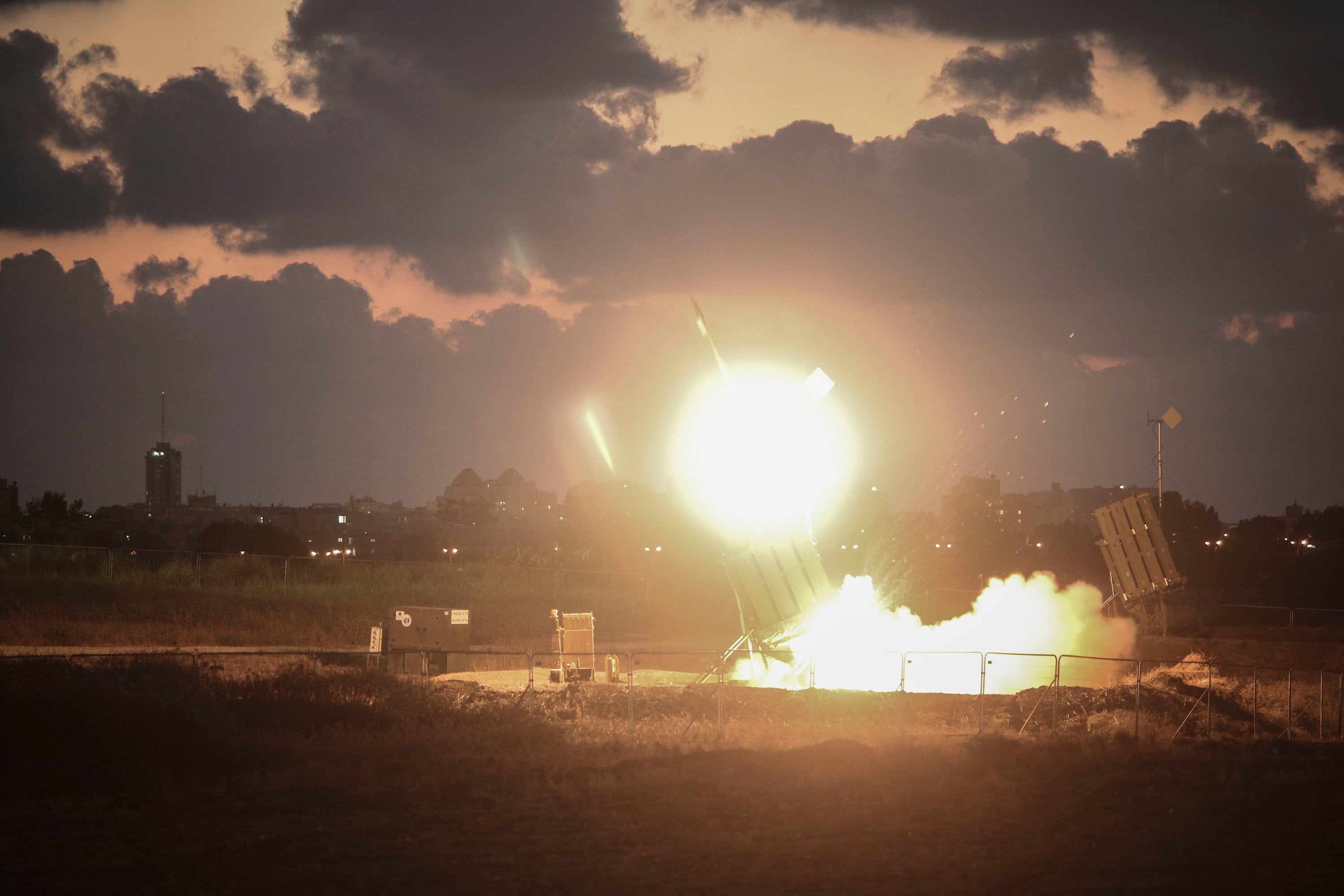In the search for a defense against an increasing threat from missiles, rockets and drones, the Marine Corps has shown interest in linking current Marine radar systems with the very successful Israeli Iron Dome air defense system.
A live-fire demonstration over the summer may have been the first successful time the Marine Ground/Air Task-Oriented Radar, or G/ATOR, was combined with the air defense system known as SkyHunter in the U.S.
For operational-security reasons the Corps was not able to confirm which systems were tested, but the timeline matches previous reporting and statements made on the Marine Corps’ interest for an improved air defense system.
“The Marine Corps proved during a live-fire demonstration in August that it could integrate Marine Corps systems with other components to successfully counter emerging threats,” said Barb Hamby, a spokesperson for the Marine Corps.
“The program office went from disparate systems that were not integrated to an initial system-of-systems live fire demonstration in four-and-a-half months," Hamby added.
Briefing slides to the Senate Armed Services Committee the Marine Corps Times received via a Freedom of Information Act request, the Corps sought funding testing and integration of SkyHunter in 2019.
In a statement Hamby made in August about the branch’s interest she said, “The program office is looking at various options - to include integrating existing Ground/Air Task Oriented RADAR (G/ATOR) and Common Aviation Command and Control System (CAC2S) with Iron Dome system components.”
The Iron Dome is built by both Raytheon and Rafeal Advanced Defense systems, and has been used by Israel since 2011.
The system has shot down more than 1,500 incoming threats with a success rate greater than 90 percent, according to Raytheon.
Hamby said the Corps is still evaluating the data from the test and putting together analysis to “inform senior leaders about future capabilities.”
The Army signed a contract to purchase two Iron Dome systems earlier this year, in the hopes of bolstering their air-defense capabilities.




